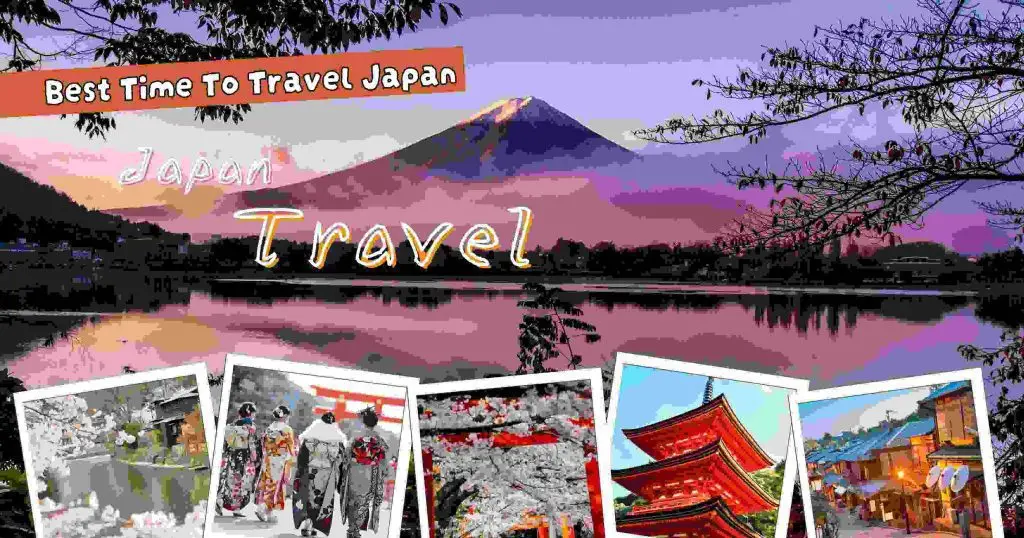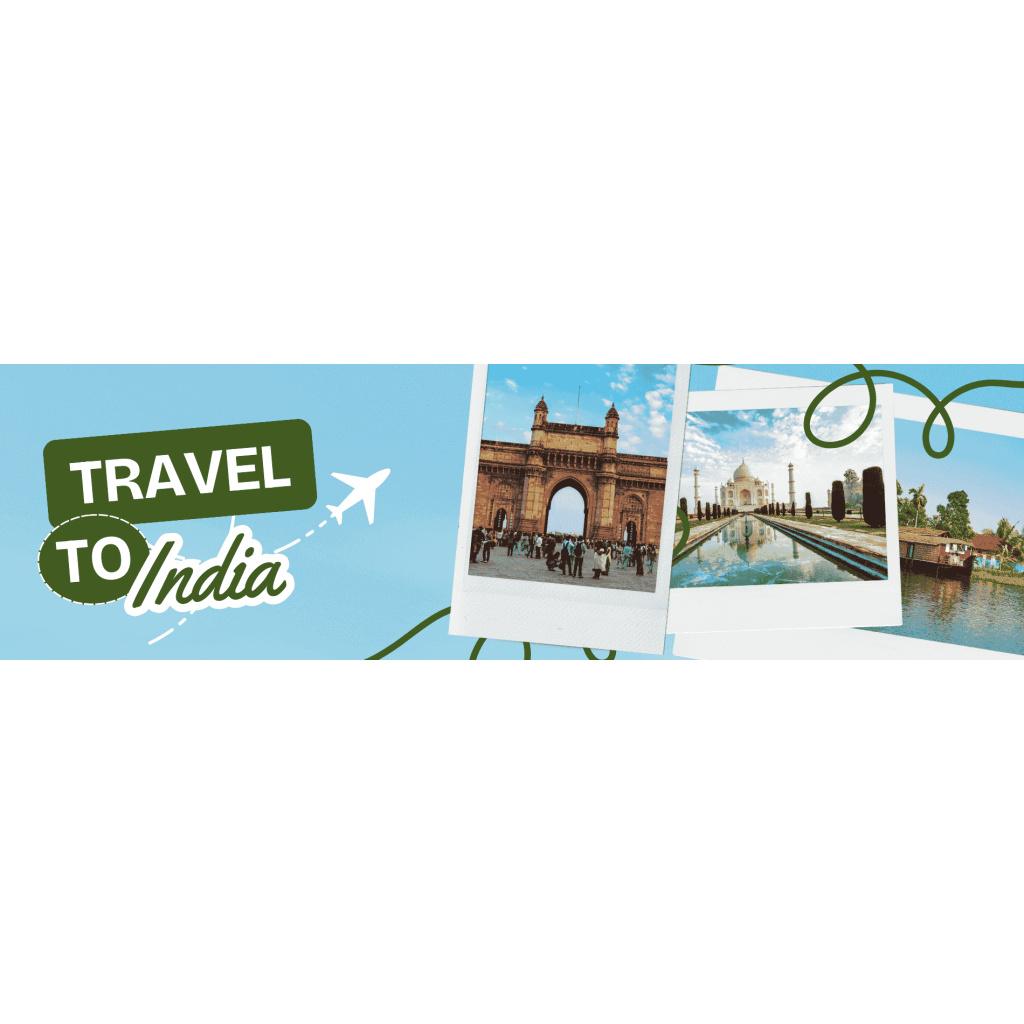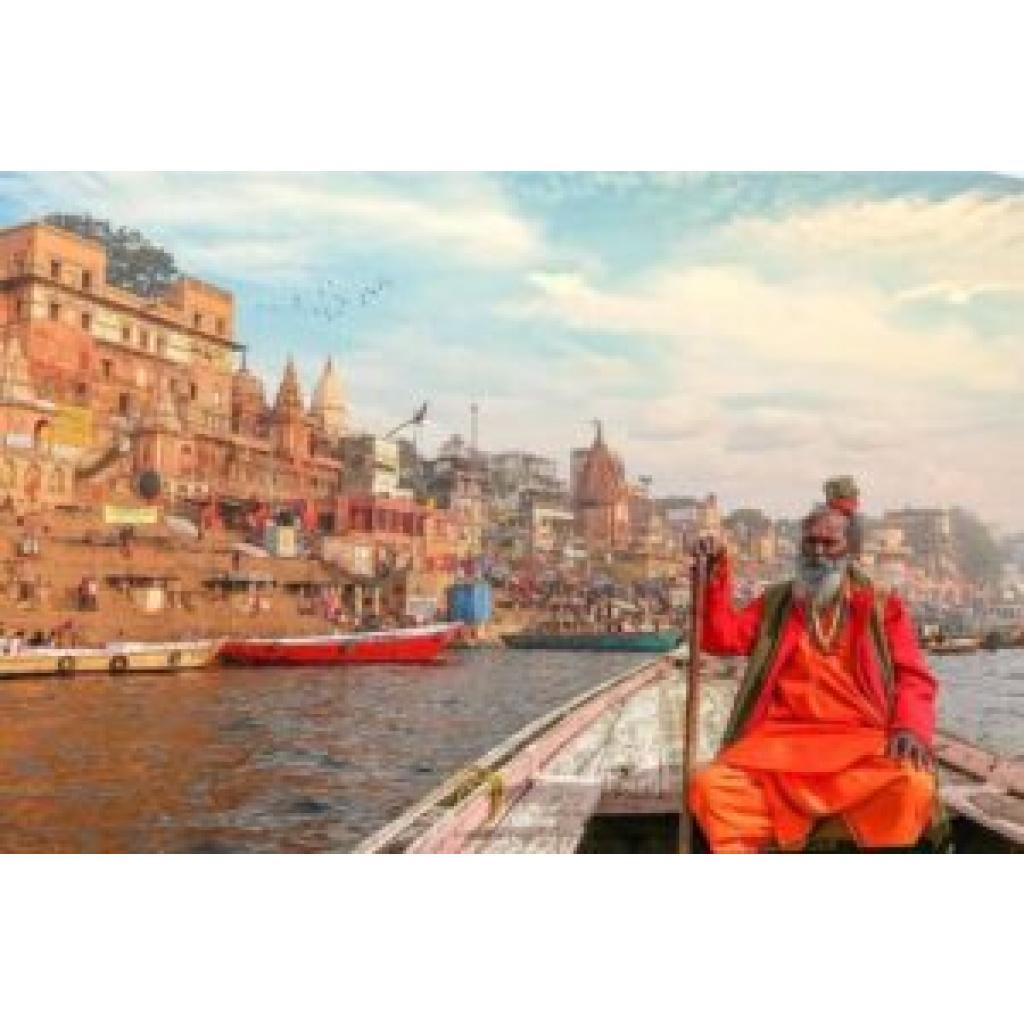What is the best time to visit japan?
When is the best time to visit Japan? Traveling to Japan is an amazing experience filled with stunning sights and delicious food. When planning your trip, one important decision is where to go. This choice affects your experience, including the weather and activities you can enjoy during your visit. Issue: When is the best time for you to go to Japan? Japan is a country that showcases four stunning seasons, each with its own charm. However, this variety can make it tricky to decide when is the best time to visit. Many travelers find themselves torn between the enchanting cherry blossoms of spring and the vibrant autumn leaves. Some are eager to hit the slopes for winter sports, while others look forward to the peaceful summer festivals. Each season has its pros and cons. If you’re not careful about choosing the right time for your visit, you might miss out on special events like the cherry blossom festivals. For example, traveling during the off-peak season can save you money, but you might miss out on popular experiences. Conversely, visiting during peak times could mean dealing with crowded attractions and higher prices. Additionally, local surveyors face various challenges due to these seasonal factors. Also Read: Is it safe to travel to japan alone? Natural disasters and volatile weather. Japan’s weather can vary a lot. In Hokkaido, winters are really cold, while places like Okinawa enjoy warm, sunny weather almost all year round. When planning a trip, travelers should keep in mind not just the usual climate, but also the chance of heavy rain at certain times, the risk of typhoons, and even the possibility of earthquakes. Spring is one of the best time to visit Japan to see cherry blossoms, but be aware that it can also be rainy, especially in early spring. Tourist seasons and crowds During busy travel seasons, popular spots in cities like Tokyo—especially areas like Harajuku and Shinjuku—can get really crowded. Instead of enjoying a peaceful experience, you might find yourself struggling for space and quiet. In Tokyo, many hotels get fully booked months before cherry blossom season, which means prices go up and options become limited. Cultural Activities and Festivals: Japan has a rich traditional culture, and you can find various festivals and events happening all year long. However, many of these events take place during busy tourist seasons, which can make planning your trip more challenging. People often wonder if they made the right choice by missing out on popular events like the Gion Matsuri in July or the Sapporo Snow Festival in February. Cost Implications: Cost: Traveling during certain times of the year often means paying more for flights and hotels. You’ll also notice that local transportation costs, especially taxis, go up. This can be a big hurdle for budget travelers. For example, flights to Japan during Golden Week (late April to early May) can cost 20–30% more than during off-peak times. Hobbies and Getaways: Absolutely! Every traveler has their own preferences, whether it’s skiing in Hokkaido, enjoying the lively atmosphere of Tokyo, or relaxing on a beach in Okinawa. Finding the right season that matches these interests can make planning a trip more complicated. Resolution: Seasonal Suggestions for best time to visit japan Spring (March to May): Blossoming cherry trees in spring: Spring is one of the best times to visit Japan, thanks to the stunning cherry blossoms. From late March to early April, sakura trees bloom all over the country, attracting visitors from around the world. While this is a magical time, it can also get very crowded. If you want to enjoy the blossoms without the crowds, consider places like Kanazawa or Matsumoto, which offer beautiful cherry blossoms and a more relaxed atmosphere compared to Tokyo and Kyoto. Another popular spring tradition is Hanami, or flower viewing, where locals and tourists gather under cherry trees for picnics. Besides the blossoms, the weather is mild, making it a perfect time to explore sights like Mount Fuji and the historic city of Kyoto. Summer (June to August): Japan’s summer is lively, filled with festivals and outdoor activities. July is usually the wettest month due to the rainy season. If you love festivals, this is a fantastic and best time to visit Japan, as many places celebrate events like the Gion Matsuri in Kyoto and the Nebuta Matsuri in Aomori. For beach lovers, Okinawa has beautiful beaches that are often less humid than those on the mainland. August is a busy holiday month for many Japanese people, which means popular tourist spots can get quite crowded. During the summer, you can also enjoy Bon Odori, a traditional dance festival. These dances are a fun way to experience Japanese culture, and there are plenty of stalls selling delicious local snacks to try. Fall (September—November) In Japan, autumn is a time of stunning colorful leaves, cooler temperatures, and fewer tourists than in spring. This makes it perfect for nature lovers to enjoy the scenery without the summer crowds. Gorgeous places like Nikko and the snow-capped Japanese Alps look even more amazing in the fall. The pleasant weather is also great for outdoor activities like hiking and sightseeing. Autumn is a wonderful time to join in the Takayama Festival, a charming celebration with beautifully decorated floats and traditional music. Plus, for food lovers, it’s an exciting season to taste fresh fruits and vegetables and try delicious regional dishes. Dec-Feb (Winters) The climate in Japan during winter is mild, making it a great time for winter sports enthusiasts. Hokkaido, in particular, is known for some of the best cross-country skiing and snowboarding in the country, with 14 five-star hotels available for visitors. In February, the Sapporo Snow Festival features incredible ice sculptures that you won’t want to miss. Winter is also the season for Japan’s famous onsen (hot springs), offering a perfect way to warm up and relax when it’s cold outside. While winter travel can be more affordable, be prepared for freezing temperatures, especially in the



